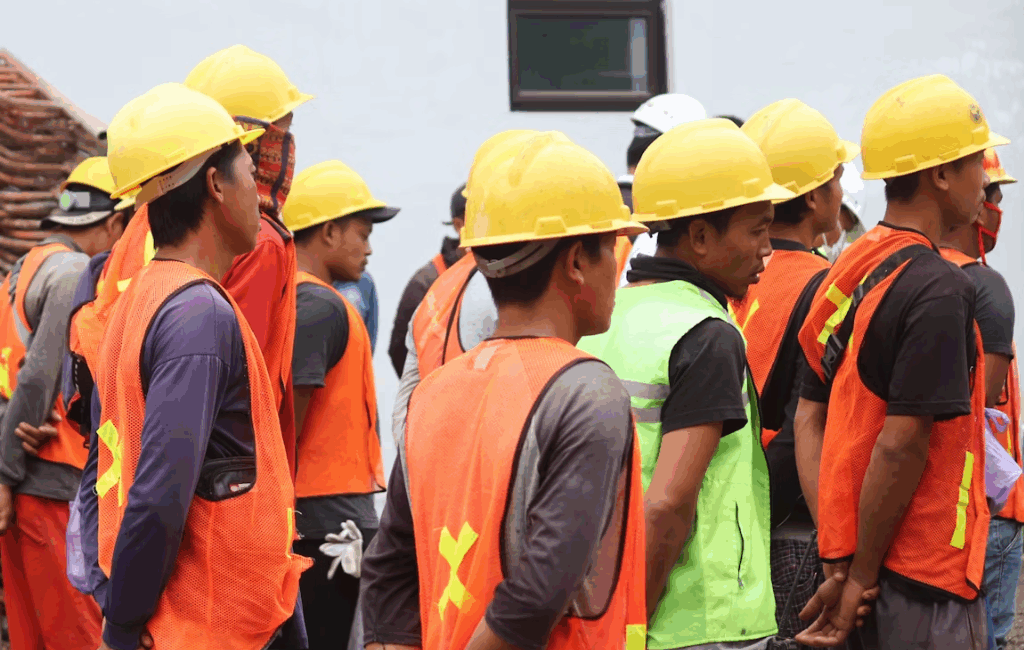
RESEARCH EXCHANGE
Uncertainty around future migration is here to stay. Here is how we can deal with it.
Author
About
Jakub Bijak
forecasting
Migration processes are complex and deeply uncertain.
In our work in the QuantMig project we have set out to identify where and how we can reduce and manage this uncertainty. Building on over 20 years of research on migration flows and forecasts, our research distinguishes aspects of migration flows that 1. can be quantified (aspects where numbers and new data can help reduce uncertainty) and 2. cannot be quantified (aspects where we need to embrace uncertainty with open arms and prepare for it accordingly).
Below, we start by describing some key factors that influence migration scenarios and contribute to uncertainty and then provide a blueprint on how to respond.
Five uncertain things that influence migration scenarios
- Policy uncertainty: Policy attempts to manage migration can be driven by the need to appear ‘in control’ of uncertain events. At the same time, when policies change too rapidly or become too erratic, they may create additional uncertainty amongst migrants, feeding into less predictable migration decisions.
- Complex categorisations: Different groups of migrants – moving for reasons such as family, labour, study or asylum – are subject to different policy regimes and respond to different drivers. For this reason, their moves are predictable to a different degree and are fluid: people can shift between these groups in response to policy changes.
- Interconnected and complex drivers: The drivers of migration rarely act in isolation. They are also quite complex, and we need to develop more nuanced ways of talking about them. This is particularly important when migration results from or is influenced by events that have high public or political profiles, such as armed conflict or environmental change.
- Missing data: Despite progress in collecting and harmonising data on migration in Europe, a large segment of migration dynamics in Europe remains uncertain. We need better data, and in fact, having more data, even if incomplete and imperfect, could actually be more informative for migration scenarios than less, but high-quality data. With more data, we can at least approximate numbers while making sure to present estimation errors alongside actual estimates.
- Scenarios and their impacts: Just like weather or other environmental events are tracked and monitored to ensure preparedness, it is helpful to think of future migration scenarios in the same light. Tracking the relative frequency of migration events, can help us to develop contingency plans.
- Policy uncertainty: Policy attempts to manage migration can be driven by the need to appear ‘in control’ of uncertain events. At the same time, when policies change too rapidly or become too erratic, they may create additional uncertainty amongst migrants, feeding into less predictable migration decisions.
So, how should we prepare for uncertain future migration scenarios?
Our findings define a blueprint to help policymakers better plan for and respond to future migration scenarios. Here are three things you can do now despite the future being uncertain:
- In the short term, use forecasts and early warnings: Forecasts on migration numbers can help short-term operational responses. Examples of these forecasts include analysing past trends and identifying signals indicating that these trends may change.
- In the long-term, use scenario planning: Migration numbers and forecasts in the long-term are much less accurate and much less useful for guiding long-term policies and planning. Still, even uncertain scenarios of future migration can play an important role in charting ‘what if’ contingencies. We cannot quantify and predict exact numbers, yet different scenarios can show the possible causes and impacts of various migration events.
- Always work to future-proof policies: While uncertainty cannot be eliminated altogether, tools, policies and approaches should be made or become as ‘future-proof’ as possible. This means that they should be adaptable by design, with regular checkpoints to ensure that they are still fit for purpose. An example of this is periodically revising forecasts and scenarios in light of the most recent information available.
Whether we like it or not, we have to dispel the notion that migration is predictable and fully controllable through policy means. Rather than trying to do the impossible – and failing yet again – it would be more useful to focus on being better prepared for different migration scenarios and more open to trade-offs between different options: being prepared requires resources, but pays off when events take us by surprise.
Jakub Bijak works as Professor of Statistical Demography at the University of Southampton, UK, and led the QuantMig project in 2020–2023.
Learn more:
- White Paper – Migration Uncertainty: Towards Foresight and Preparedness
- Book – From Uncertainty to Policy: A Guide to Migration Scenarios.
- QuantMig website – which includes a range of tools such as the Migration Estimates Explorer and the Migration Scenarios Explorer.
Submit your idea for a ‘short’ to be featured on the Co-Lab.












